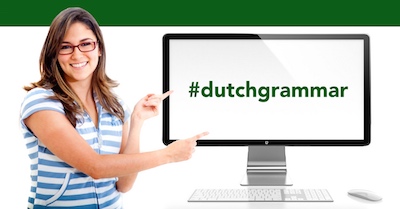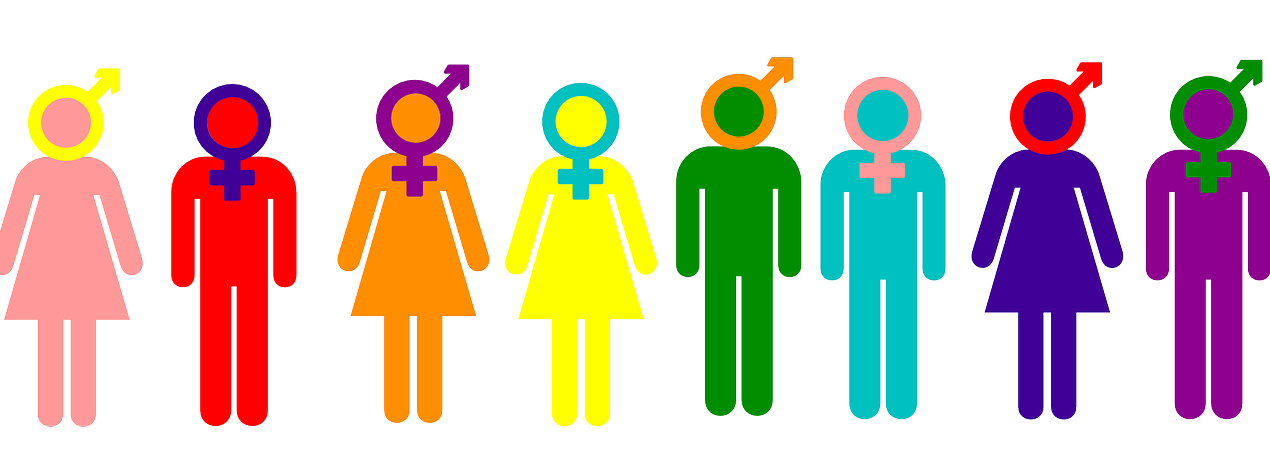Dutch an Introduction
Dutch language, also called Netherlandic or Dutch Nederlands, in Belgium called Flemish or Flemish Vlaams, a West Germanic language that is the national language of the Netherlands and, with French and German, one of the three official languages of Belgium. Although speakers of English usually call the language of the Netherlands “Dutch” and the language of Belgium “Flemish,” they are actually the same language.
About 23 million people in Holland and Belgium have Dutch as their mother tongue, which makes Dutch the seventh language in the European Union . Dutch is also the official language of Surinam.

Dutch is a Germanic language, which means it has a lot in common with languages like German, English, Danish, Norwegian and Swedish.Dutch is the third Germanic language. It comes after English and German, but is spoken by far more people than Swedish, Danish, Norwegian or Frisian.
The standard language in the Netherlands is based primarily on the dialect of the province of Holland. It should be noted that ‘Nederlands’, ‘Hollands’ and ‘Vlaams’ are three separate names for the same language whereas in Belgium‘Vlaams’ was used to indicate what was not French. However, today‘Nederlands’ is the official and most usual designation in both countries.
Articles and Gender
Articles Take a look at these Dutch sentences:| Hij is een vader | He is a father |
| Zij is de moeder | She is the mother |
| Het is de stoel | It is the chair |
| Het is een stoel | It is a chair |
| Het is een huis | It is a house |
| Het is het huis | It is the house |
 Gender Grammar Rules
In general, gender is used to distinguish between male and female, sometimes referred to as masculine and feminine. The following examples use gender in different ways and places to demonstrate their behavior.
Gender Grammar Rules
In general, gender is used to distinguish between male and female, sometimes referred to as masculine and feminine. The following examples use gender in different ways and places to demonstrate their behavior.
| Grammar + Rules | Dutch |
| my son is a student [masculine + noun] | mijn zoon is een student . |
| her daughter is a student [feminine + noun] | haar dochter is een student . |
| he has a tall brother [adjective + masculine] | hij heeft een grote broer . |
| she has a tall sister [adjective + feminine] | ze heeft een grote zus . |
| his brothers are young [plural masculine + adjective] | zijn broers zijn jong . |
| his sisters are young [plural feminine + adjective] | zijn zussen zijn jong . |
Hebben – to have
In this lesson we’ll also introduce another irregular Dutch verb, the verb “hebben”, which means “to have”. Take a look at the full conjugation and translation of this verb:| Ik heb | I have |
| Jij hebt | You have |
| Hij/Zij/Het heeft | He/she/it has |
| Wij hebben | We have |
| Jullie hebben | You have |
| Zij hebben | They have |





 Best Coaching in German[/caption]
Best Coaching in German[/caption]






 ration for the exams will defeat the purpose. The problem areas in grammar can be dealt with when the participants have difficulties in specified areas of preparation.
ration for the exams will defeat the purpose. The problem areas in grammar can be dealt with when the participants have difficulties in specified areas of preparation.